The Irish are well known for their love of Guinness and other stout beers that are thick, dark and frothy. Further investigation reveals that stout is only part of the Irish beer culture, accounting for one third of beer consumption on the Emerald Isle. Lager is the overwhelming favourite among Irish beer drinkers, resulting in around 60% of all production, while ale takes 6% of the market share. Irish beer, especially Guinness, has become incorporated as part of Irish folklore alongside the shamrock (clover), leprechauns and traditional music celebrations. The number of Irish breweries has dropped significantly during the past century, although microbreweries are on the rise and some of the world’s most iconic beer brands are still in production.

Irish beer history
At the dawn of recorded history, when the Egyptians were just getting their civilisation sorted, the Irish had already commenced the brewing of beer. As Ireland’s agricultural society flourished during the bronze and iron ages, ale was being established as the favourite beverage among its people. By the time Christianity spread throughout Ireland beer production was already an art-form, and according to legend, St. Patrick, the patron saint of Ireland, even had his own brewer.
The monasteries were among the first in Ireland to produce beer of consistently high quality on a larger scale, and soon held a monopoly on the market for quenching Ireland’s thirst for beer. The fertile soil and soft rain was ideal for growing barley, and monks were renowned as expert herbalists capable of producing a fine ale that didn’t require hops. The monasteries dominated Irish beer production for many centuries, and even today the ruins of an abbey can be found at Smithwick brewery in Kilkenny. By the seventeenth century, as the population centres grew, local cottage breweries also became commonplace, overseen by women known as ‘alewives’, and beer was consumed in alehouse rooms set aside for social drinking.
Smithwick’s commenced brewing in 1710 and by the end of the 1700s Dublin was home to a dozen breweries, including two that were established by Arthur Guinness, a name that remains synonymous with Irish beer even today. Other major breweries also opened during this time, including Beamish & Crawford in 1792, followed half a century later by Murphy’s in 1856. The Guinness powerhouse consistently overshadowed smaller breweries, swallowing up their market share, and by early last century Guinness had become the world’s largest brewer.
The Irish canal system proved an ideal means of transporting the beer of major producers to the countryside, and smaller localised breweries struggled to match the entrepreneurial approach. This domination resulted in a decline of major breweries from more than 200 at the start of the 19th century to around 20 today, although the recent microbrewing revolution, coupled with the enduring appreciation for Irish beer, means that Ireland is still well and truly on the beer brewing map.
Irish beer is exceptionally popular internationally, with more than 40% exported, while the Irish themselves retain their status as one of Europe’s largest consumers of beer per capita.
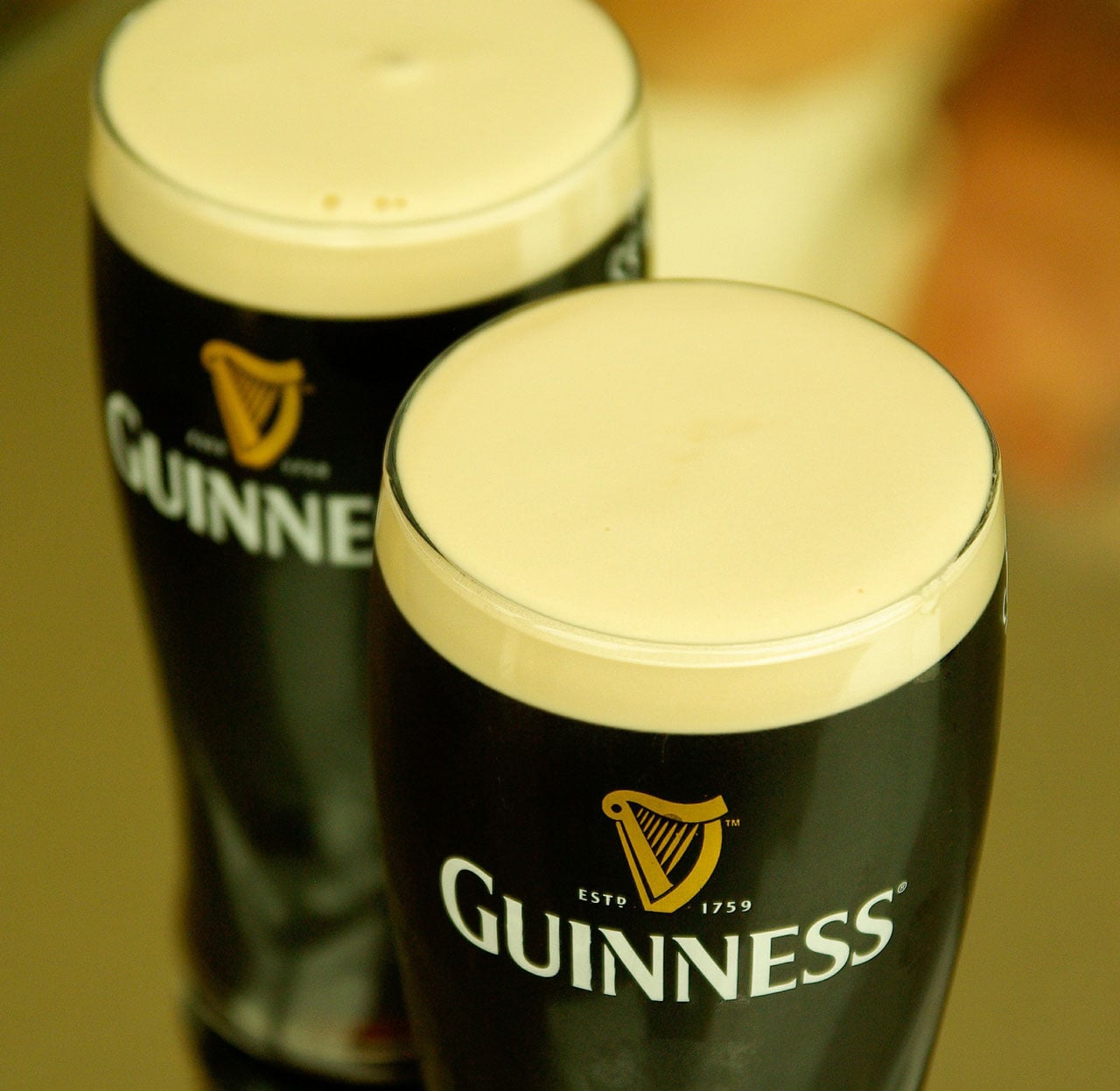
Irish beer styles
Stouts
When we think of stout, Guinness immediately springs to mind. For the past 100 years, Guinness has been the largest brewer of stout, and it might be surprising to discover that Arthur Guinness branched out as a brewer of ale in 1759. It was several decades later that he first experimented with ‘stout porters’ – a time when ‘stout’ was a term referring to any strong beer. Today, stout is a word commonly used to describe just about any dark beer.
Stouts are very dark, almost black in colour, with draught Irish stout accented by a long-lasting creamy head. A hint of coffee and chocolate permeates Irish stout, as does the roasted taste. Guinness remains the most well known stout, although Murphy’s has a far reaching reputation, in part due to the proliferation of Irish-style pubs around the world. Beamish is another popular brand, and craft stouts are also gaining a foothold among stout lovers.
Of the major brands, Murphy’s is lighter and sweeter, making it a good choice for regular lager drinkers who wish to try a heavier, darker beer. Beamish has remained true to its traditions, using the same yeast strain since 1792 in a beer that provides a malty core and a hint of spice.
Irish lager
Although initially slow on the uptake by the Irish, and still finding formidable opposition by stout (and whisky) drinkers, lager has risen dramatically in popularity. The change in beverage preference is in part due to the worldwide domination of lager as the beer of choice, especially with younger drinkers. From a brewing perspective, the major reason for the lag in lager production was the unavailability of hops, which aren’t native to Ireland. Once reliable trade between England and Ireland commenced, hops became readily available for local brewing.
Lager was first brewed commercially in Ireland in 1892, but stalled after only five years. Just under half a century later, in 1937, a second lager brewery opened but didn’t fare much better, closing in 1954. Ireland is a land of independence and tradition, and has a cool climate suited to thick, warmer beer, and it wasn’t until the emergence of a lager brewery established by Guinness in 1960 that the well known Harp lager beer was launched.
Harp is a Vienna-style lager with a smooth yet bitter taste. It is light and refreshing, providing a genuine alternative to the heavier Irish stouts and ales. Another Irish innovation, and one that has served as a bridge between stout and lager, is ‘Black and Tan’, where an equal measure of Harp is mixed with Guinness. Consumers are also appreciating another Guinness original, ‘Black Lager’, which is a refreshing and light lager which incorporates the roasted barley stout character in both colour and flavour.
Irish red ales
Although ales only account for around 6% of Irish beer production, they are widely available and remain a firm favourite with dedicated ale drinkers. The distinctive red hue of Irish red ale comes courtesy of the barley used in brewing. Although dry, they are obviously carbonated, resulting in a crisp beverage with a hoppy flavour plus a hint of caramel maltiness and fruit. These ales can best be compared to the taste of freshly baked bread. In fact, early documents regarding the brewing and drinking habits of monks in Irish monasteries during Lenten fasting refer to this ‘liquid bread’ as their drink of choice.
The most popular Irish ale is Smithwick’s, with a history dating back to 1710, which gives it the title as the oldest operating brewery in Ireland. Murphy’s Irish Red is also a staunch competitor in the Irish ale market, and has been brewed since 1856. Recent Irish red ale releases during the past decade include those by Dungarvan Brewing Company, Clanconnel Brewery and Eight Degrees Brewery.
Cream ales
With a heritage going way back to the 14th century, Irish cream ales are a local speciality worth investigating. Kilkenny Irish Cream is popular both at home and abroad – as far away as Australia and Canada. Kilkenny boasts rich maltiness, crisp hops and a thick, tasty head with the creaminess offset by a hint of bitterness.
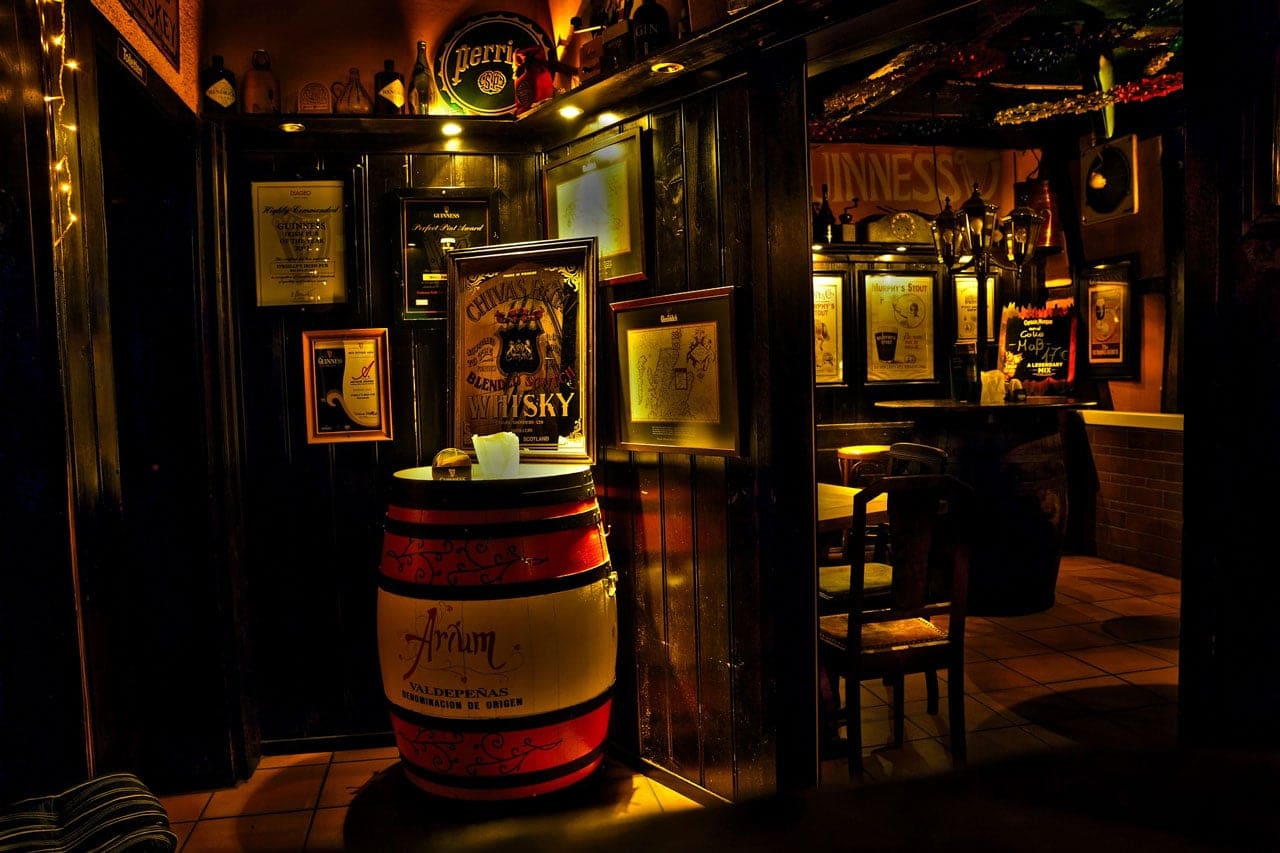
Craft beer making inroads in Ireland
Due to the dominance of larger established breweries, the craft beer revolution in Ireland began comparatively later than in other countries. Since the 1990s, the craft beer scene in Ireland has gone through several growth phases. The initial emergence of brewpubs and microbreweries was followed a decade later by another wave of craft breweries entering the market in response to growing demand and worldwide trends. In 2013, excise requirements were lifted, funding for start-ups became available, and the government got behind new brewers with incentives and training courses.
At present, there are at least several dozen new craft breweries in operation around the country, and others in the planning stages. Some fine brews are emerging, with Porterhouse and O’Hara’s among the more well known. O’Hara’s Irish Wheat is a fruity wheat beer that balances a bitter hop finish, and their Celtic Stout, brewed with no artificial additives, is also garnering a following. Porterhouse adds a new twist to its Oyster Stout, a beverage that incorporates oysters into the conditioning mix.
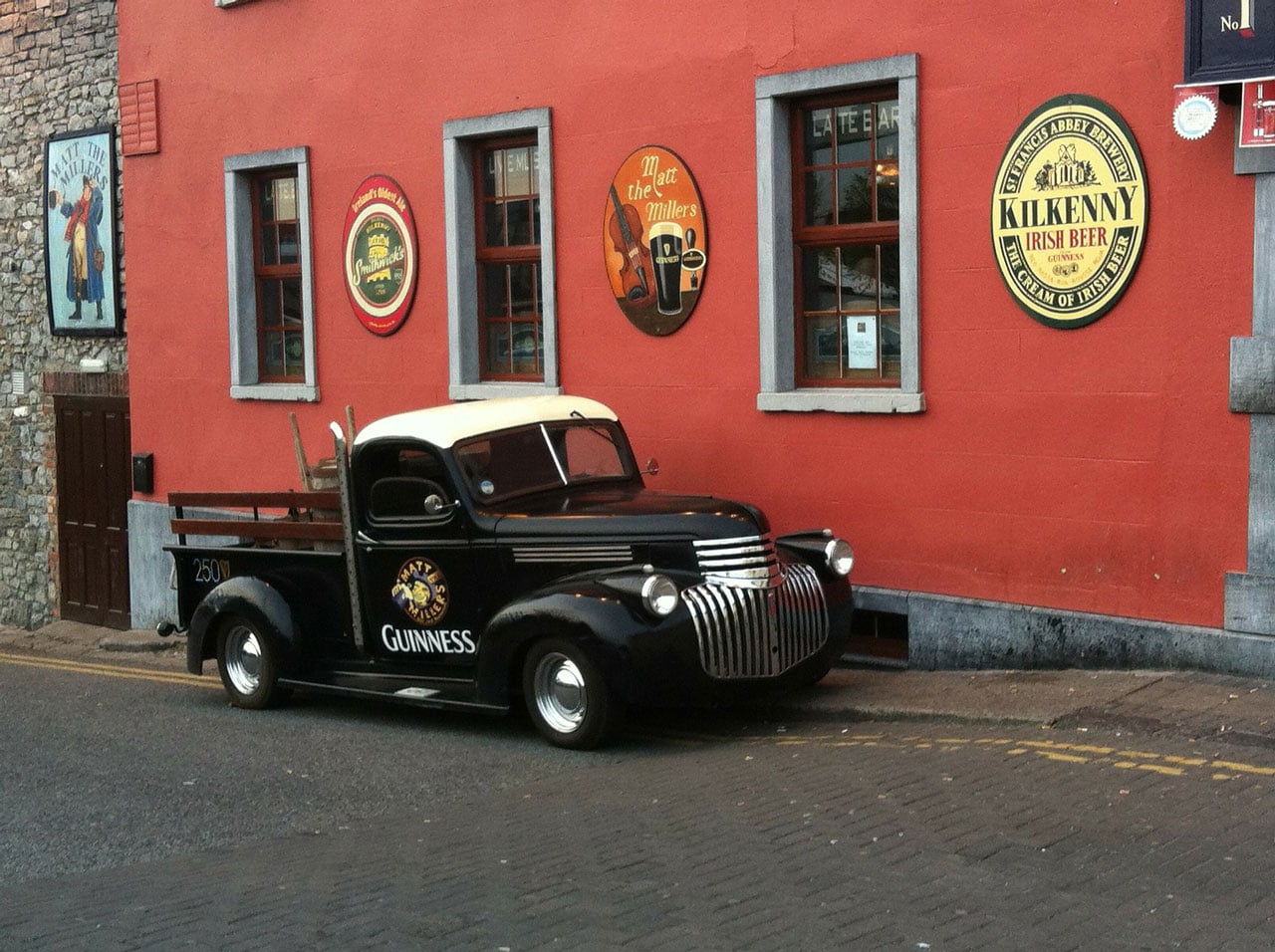
Pairing Irish beer with food
The long tradition of Irish brewing has resulted in favourite food and beer pairings and a range of other culinary uses. For example, stout is a comfort beer on a cold day and pairs up well with comfort foods such as pies and mashed potato. Bakers also often use Guinness as an ingredient in chocolate and ginger cakes.
Lager is the ideal accompaniment for lighter seafoods or a bowl of hot chips, while Irish red ales are perfectly matched with salty snacks or as a pairing with hotter Thai and Indian foodstuffs. Cream ales are sweet and subtle, providing a good match with tasty cheeses, nutty desserts and fruit cake.
While history and heritage have played a major role in establishing Irish beer as an all-inclusive brand in itself, the diversity of style plus the overwhelmingly high quality of product is what has kept Irish beer at the forefront of popularity around the world.
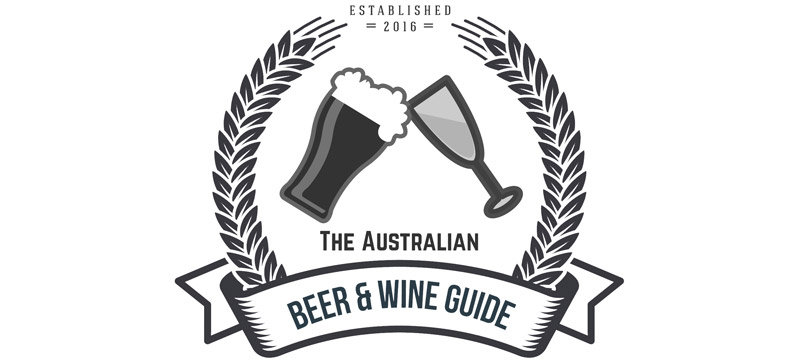

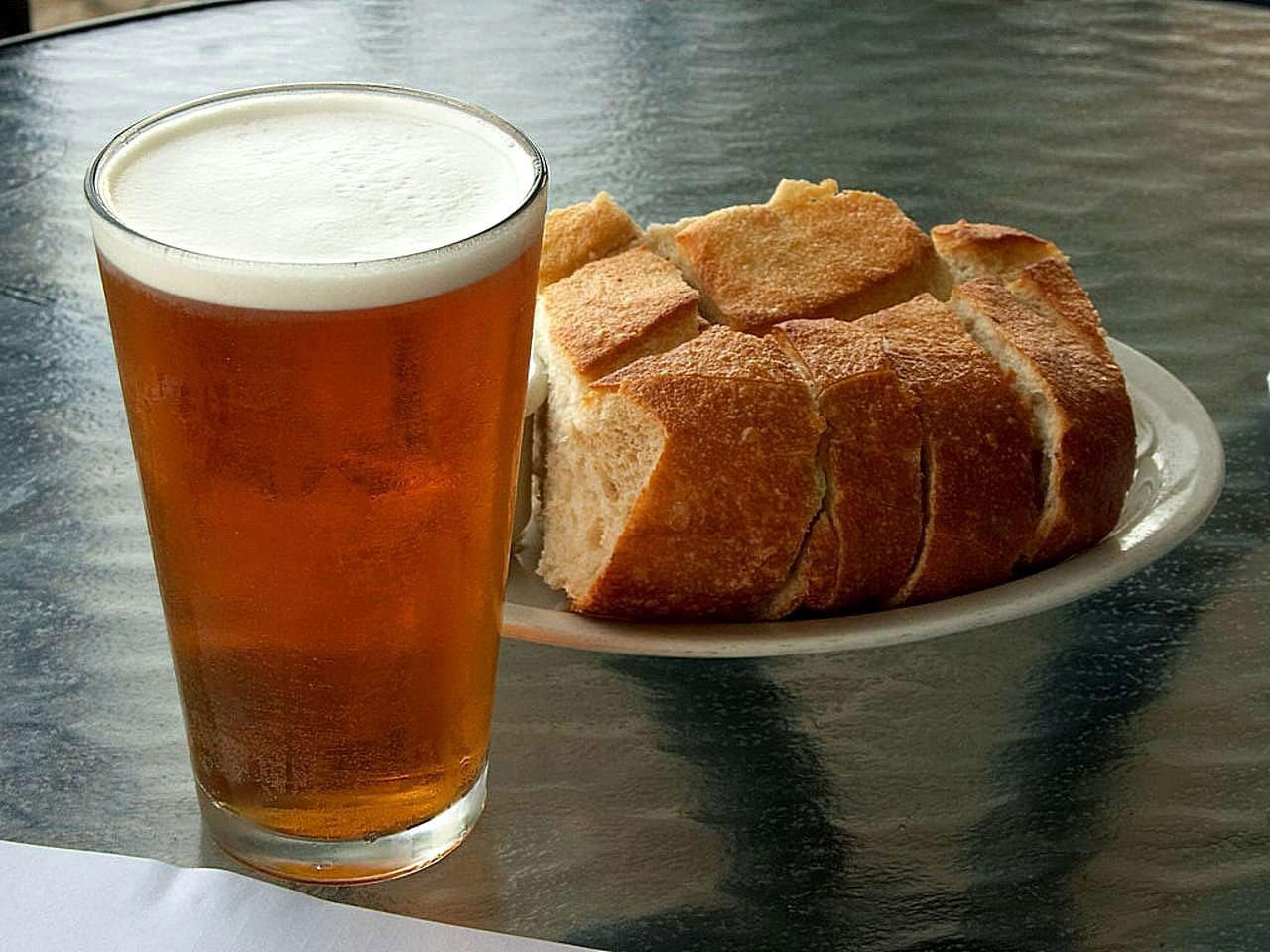
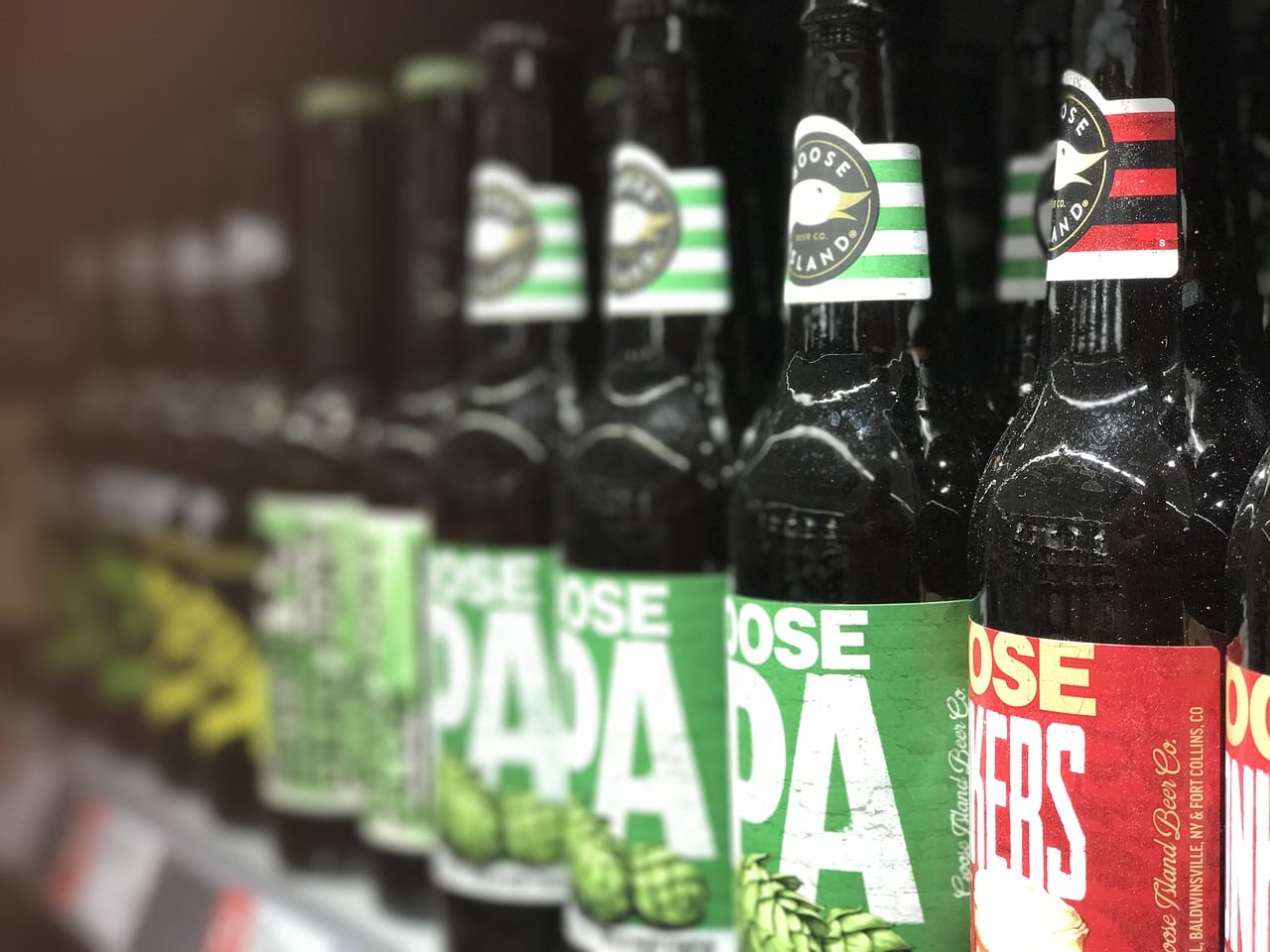

No Comments